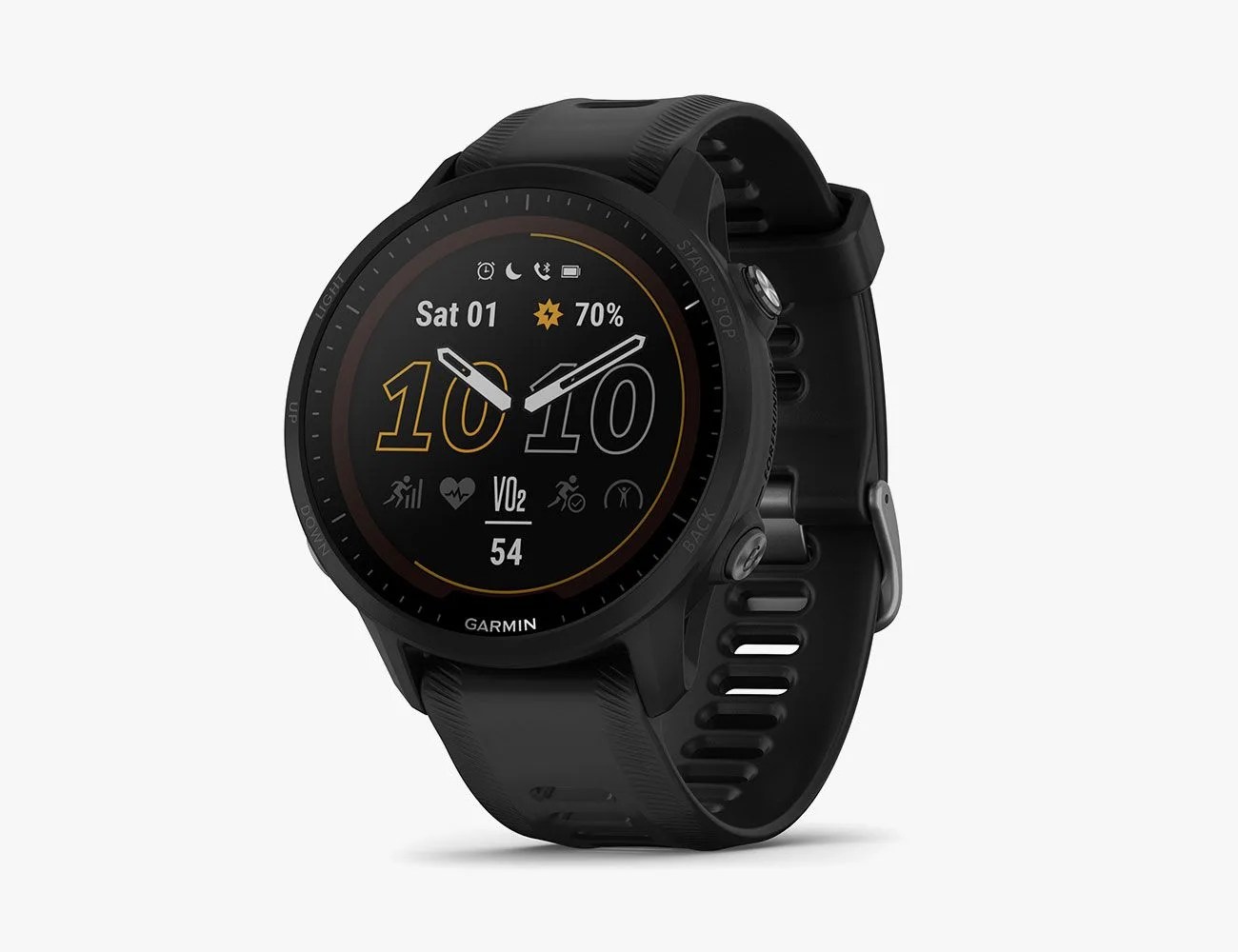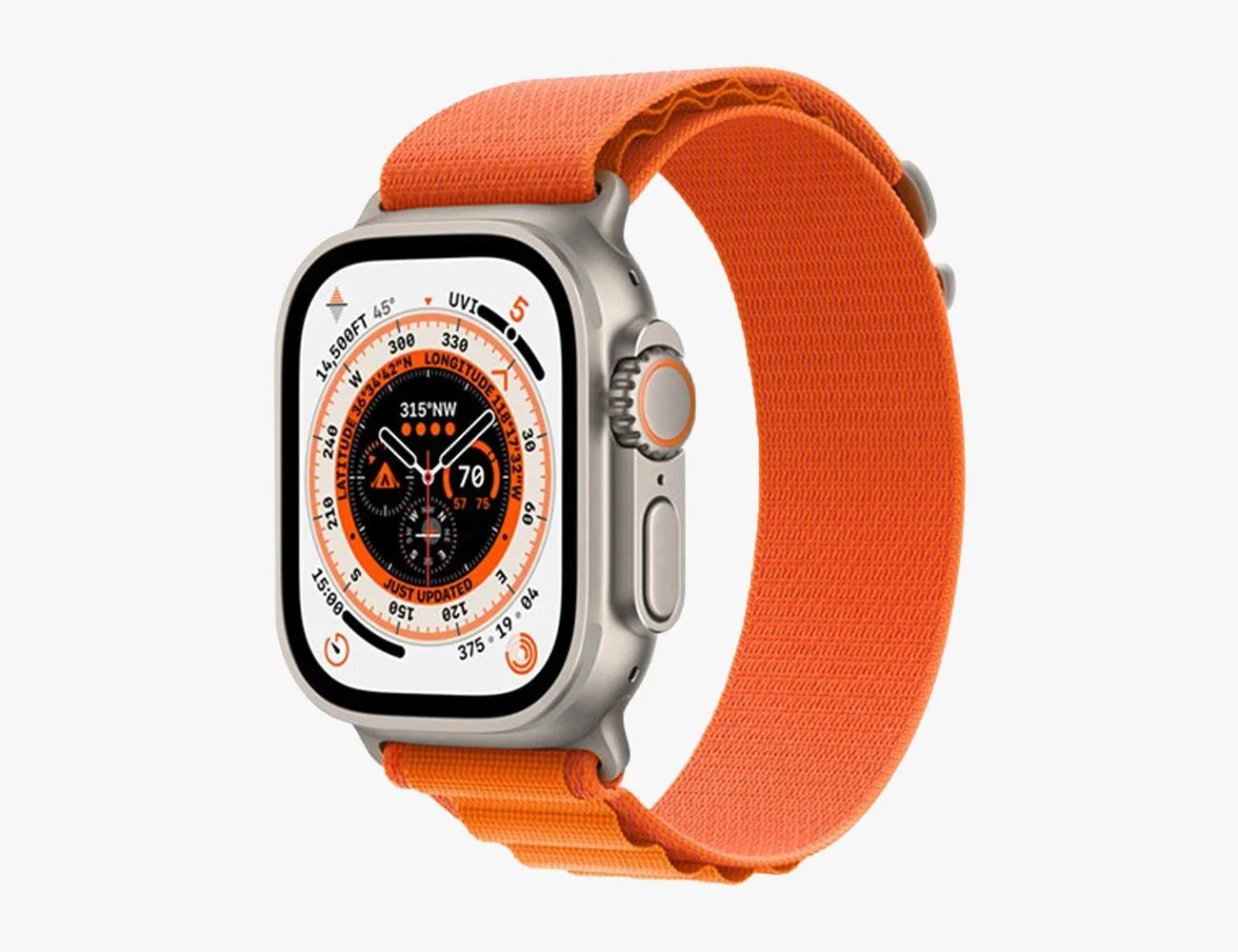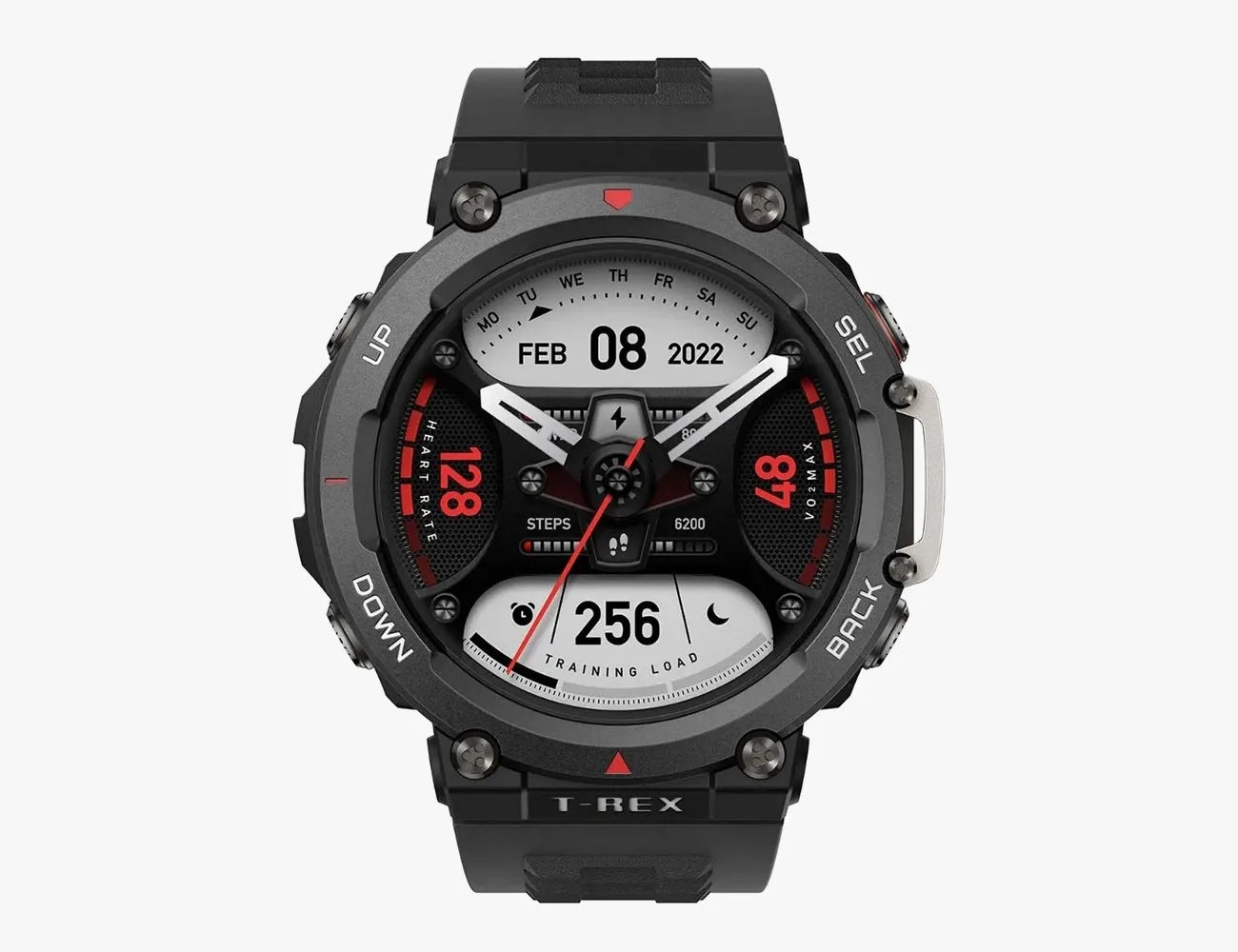We live in a digital era, and with that comes a handful of ways tech has infiltrated our normal fitness routines. It’s no longer about working out solely based on how we feel — we now have the metrics and data points to promote when we should workout and how our training sessions should be structured.
There’s no better example of the marriage between tech and fitness than the running watch. These tech-heavy fitness accessories bolster a plethora of metrics and sensors, all designed for the purpose of better informed training. But are they an essential for every runner? It depends, but the first step to answering that question is understand what they can — and can’t — do.
What Does a Running Watch Do?
First and foremost, running watches are timepieces. Outside of the common features like a stopwatch and alarm, running watches also feature additional sensors that, at a baseline, can also track your heart rate, location, and pace. Higher end (and more expensive) running watches often offer features on top of that, like measuring VO2 max, sleep routines, elevation, stride length and more.
Is all this data necessary for every training session? The short answer is no, but once you begin to understand just how your body responds to certain stressors — like an extended route or quickened pace — you’re more capable of fine-tuning your workouts for better results down the road.





